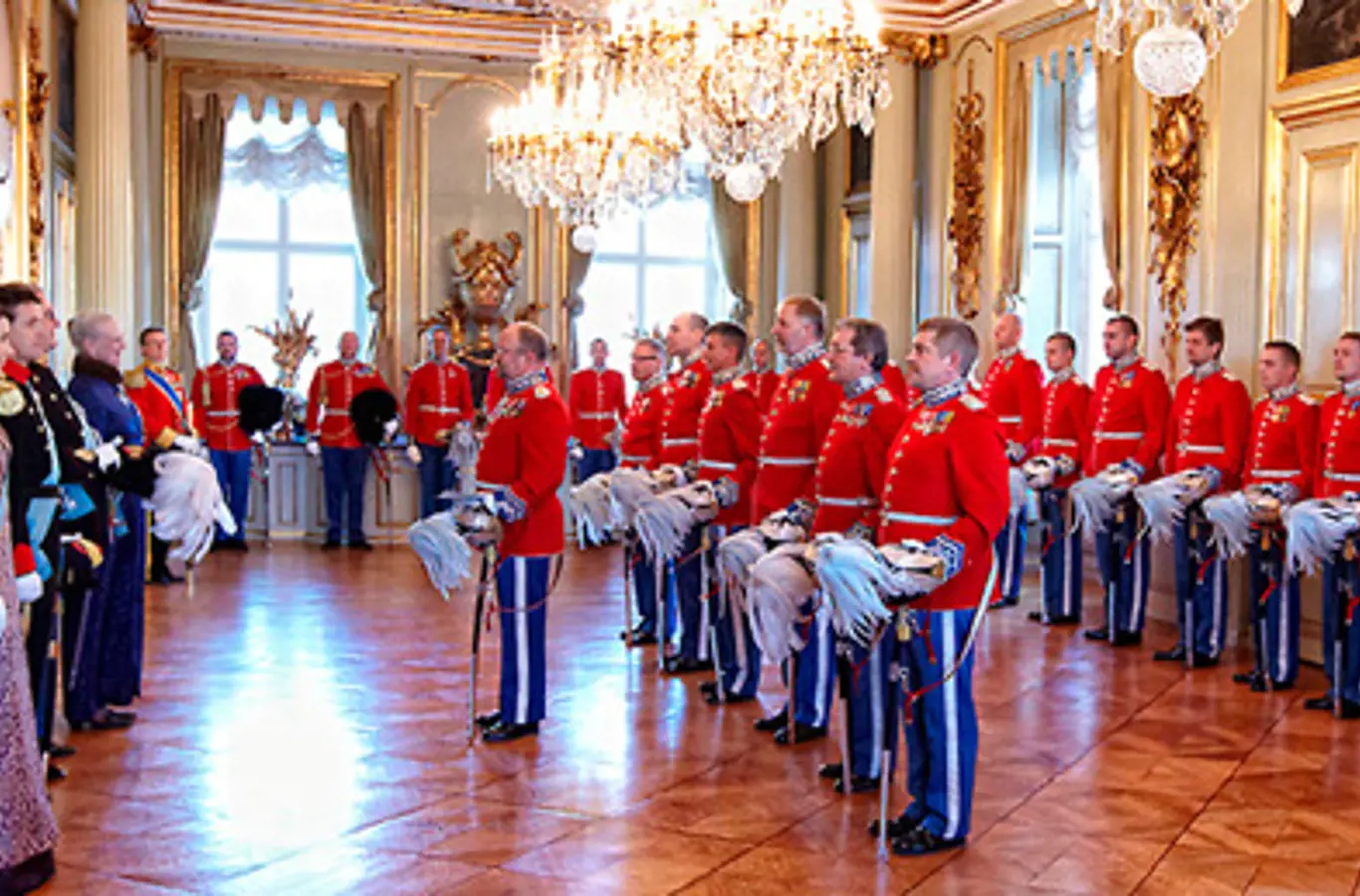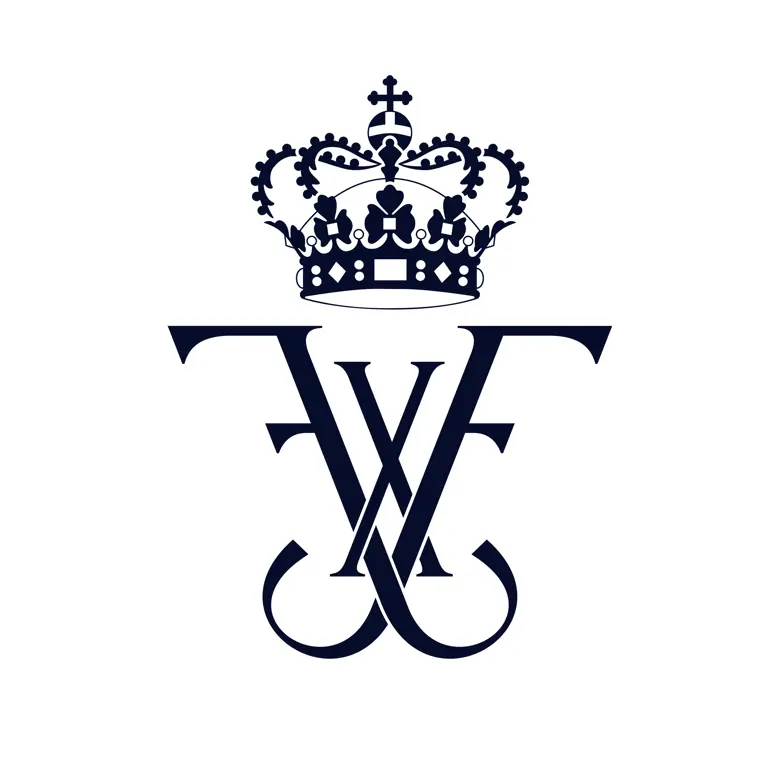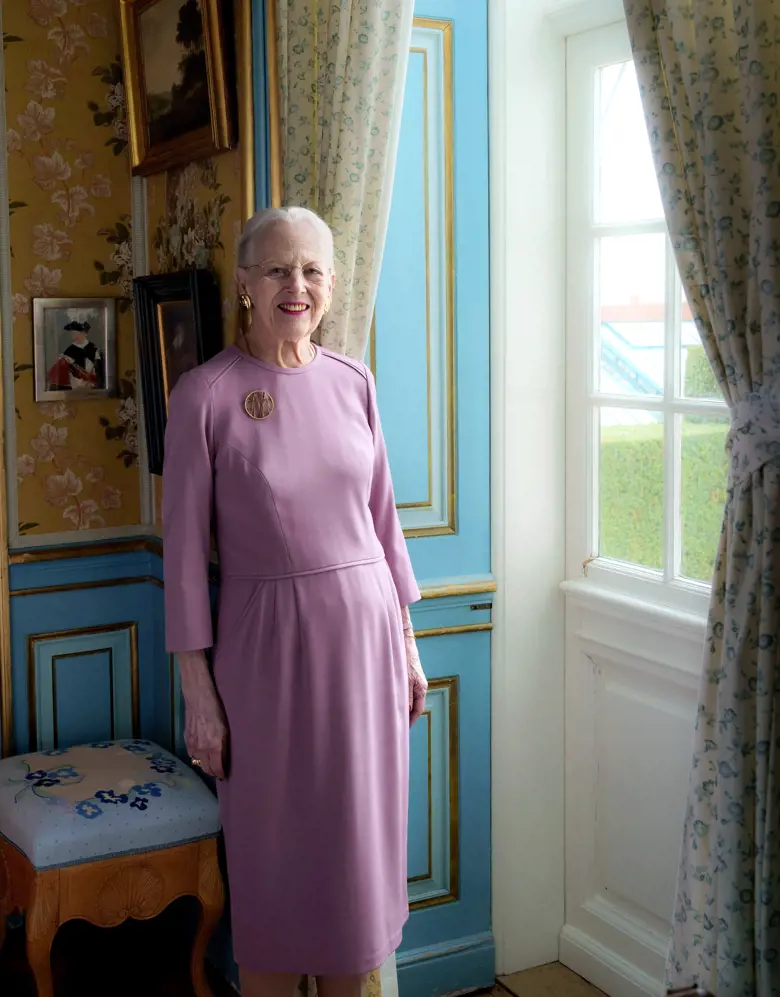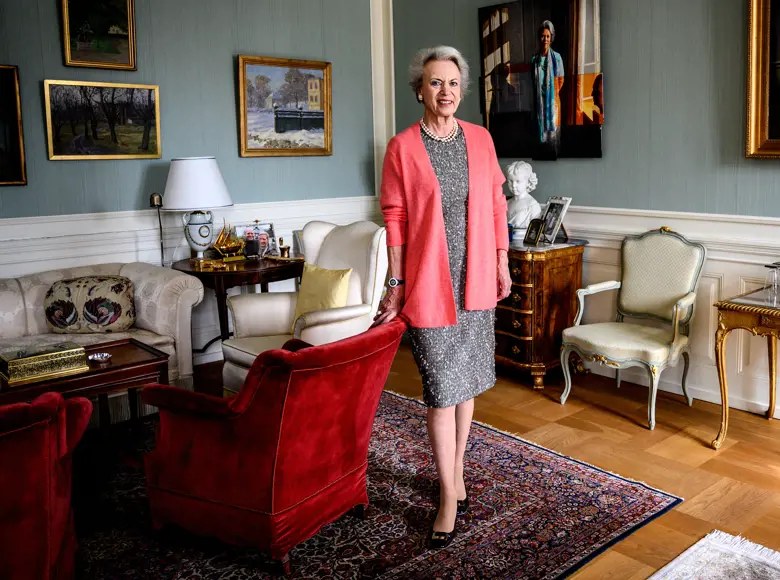THE HISTORY OF THE NEW YEAR’S LEVEES

In keeping with tradition, The Queen and The Prince Consort hold New Year’s levees at Amalienborg and Christiansborg Palace, respectively, at the beginning of the New Year.
For centuries, the Royal Danish House and Danes have wished each other a Happy New Year and, with that, good luck and prosperity for the whole kingdom. The origin of the contemporary New Year’s levees and New Year’s banquet is not known with certainty, but already in the mid 1600s the events around the changing of the year were referred to as old customs, and the basic elements are still the same.
From the time of Frederik III – and possibly long before that – the royal banquet on New Year’s Eve was an official event: all could come to the castle, where they stood in rows along the walls of the banquet hall and watched the royal family and the court dine. The custom came to an end when Christian VI and Queen Sophie Magdalene let Copenhagen Castle be demolished and moved into Christiansborg Palace, where no unauthorized people had access.
The tradition of the New Year’s levees, which extend over several days, was developed after the First World War, when the levees could no longer be carried out on one and the same day, 1 January. That was due to the development of the society, by which the number of state institutions grew through the 1900s.
Now when HM The Queen and HRH The Prince Consort hold the New Year’s levees, they pass off over three days:
First day:
New Year’s banquet on 1 January in Christian VII’s Palace, Amalienborg, for the government, the country’s top civil servants and the Royal Court’s leadership.
Second day:
New Year’s levee for the Supreme Court and the officer corps of the Royal Life Guard and Royal Hussar Guard regiments in Christian VII’s Palace, Amalienborg.
New Year’s levee for the diplomatic corps at Christiansborg Palace.
Third day:
New Year’s levee for officers from the Defence and the Danish Emergency Management Agency, for the 1., 2. and 3. rank classes, and for invited representatives of large national organizations and those having royal patronage, at Christiansborg Palace.
19.00 New Year’s levee and banquet in Christian VII’s Palace, Amalienborg
Immediately before the New Year’s banquet, The Queen and The Prince Consort will receive the government and guests specially invited to the levee.
The Crown Prince Couple and TRH Prince Joachim and Princess Marie will be present.
Monday, 6 January
09.50 New Year’s levee in Christian VII’s Palace, Amalienborg
The Queen and The Prince Consort will receive the Supreme Court’s judges and officer corps of The Royal Life Guard and The Royal Hussar Guard Regiment during the levee.
The Crown Prince Couple will be present.
11.30 New Year’s levee at Christiansborg Palace
The Queen and The Prince Consort receive the diplomatic corps during the levee.
The Crown Prince Couple will be present.
Tuesday, 7 January
The Queen and The Prince Consort receive the following during a New Year’s levee at Christiansborg Palace:
09.30 Officers from the Defence and the Danish Emergency
Management Agency
10.00 I., II. and III. rank classes
12.00 Invited representatives from large national organizations
and those having royal patronage
Attire for all levees: gala/full dress.
Coach tour
The Queen and The Prince Consort ride in the Gold Coach from Amalienborg to Christiansborg Palace, escorted by the Royal Hussar Guard Regiment’s horse squadron, on Tuesday, 7 January, at 09.00 and, at approximately 13.30 after the levee, from Christiansborg Palace to Amalienborg.
Congratulation listsOn the occasion of the New Year, congratulation lists for The Queen and The Prince Consort will be presented in the office of The Lord Chamberlain, Det Gule Palæ, Amaliegade 18, Copenhagen C on Wednesday, 1 January 2014, from 10.00-14.00.
Rhine wine was expensive, and until the 1700s the royal family reserved it. Employees of the royal court could get a glass during festive occasions, and the wet nurses of the royal children also got a daily ration, since it was believed that the wine was especially nutritious.
The wine was first served at the New Year’s banquet in 1598 and since then has, with few exceptions, been an established part of the royal New Year’s banquet on 1 January. The wine is expected to last for at least 300 more New Year’s banquets.
The taste of Rhine wine is characteristic, distinctive and, in the past, was also very acidic. During Frederik IX’s reign, the wine actually became so sour and undrinkable that it was served with sugar. For several centuries, Rhine wine was mixed with other sugar-free wines so that the new wine took on the character of the old wine. However, the old wooden barrels were so battered that the last 1,000 litres of wine were drawn off to steel tanks and bottles in 1982. Completely uniquely, the Rosenborg wine still contains a remnant of the old wine from Christian IV’s time.
As mentioned above, the wine was stored in wooden barrels, of which the three oldest dating from 1589, 1599 and 1615 belonged to Christian IV’s mother, Queen Dowager Sophie, at Nykøbing Castle. In 1659, these three barrels were taken as spoils of war by Swedes, but while underway to Stockholm the wine was retaken by a Danish privateer ship manned by citizens of Copenhagen.
Afterwards, the barrels were taken to Copenhagen Castle, where they sat until the demolition of the castle in 1729. Since 1729, the wine has been in the cellar under Rosenborg Castle in Copenhagen, hence the name Rosenborg wine.
The Gold Coach, also called ”King Christian VIII’s coach”, is covered with 24-carat gold leaf and was built by coach maker Henry Fife in 1840. The coach is drawn by six Kladruber horses and accompanied by two outriders, who are also mounted on Kladruber horses.



